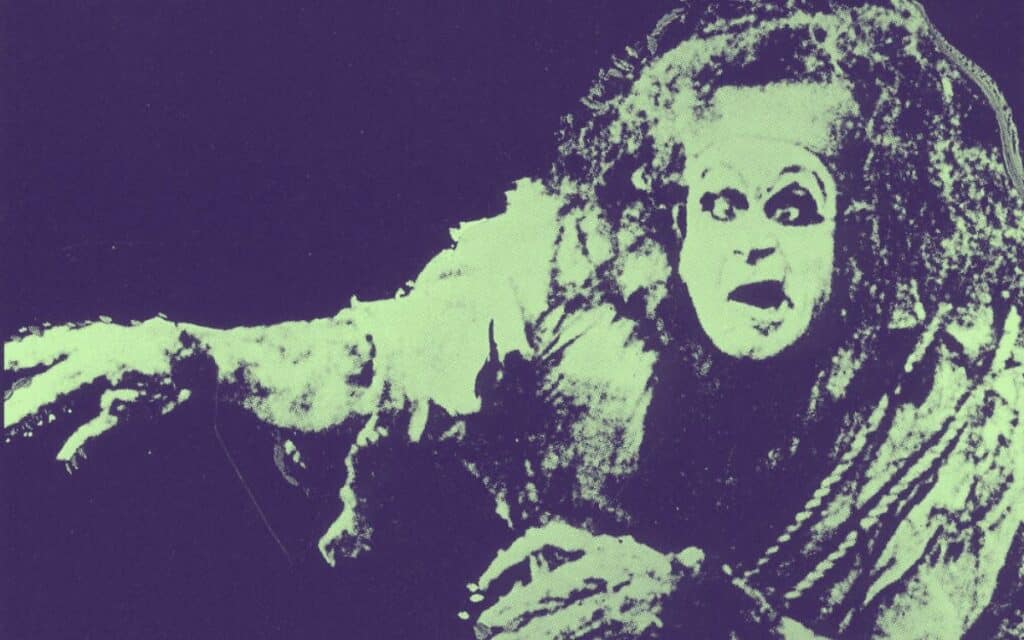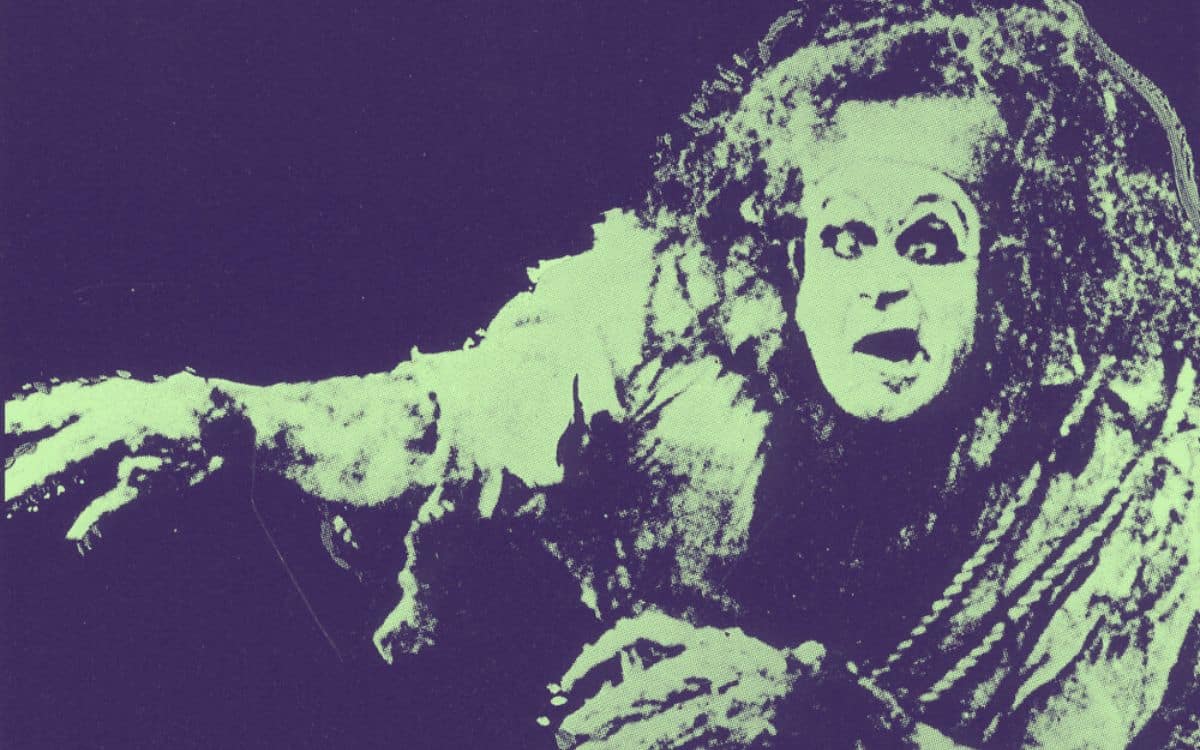Mary Shelley’s Frankenstein has greatly influenced society since its publication in 1818. WILLIAM BOVE shares 19 fascinating facts about the iconic sci-fi horror novel

Discover 19 fascinating facts about Mary Shelley’s Frankenstein, a novel that has not only inspired horror and science fiction but also introduced the iconic “mad scientist” archetype.
- “What terrified me will terrify others,” is what Mary Shelley thought after awakening from the horrific dream that inspired her novel Frankenstein.
- Mary was inspired by a great deal of real science, delving into explorations of the North Pole and the causes of its magnetism, as well as the work of chemist Sir Humphry Davy.
- Galvanism, a new mode of scientific thought and practice at the time, could make a frog’s leg jerk and move, giving it the appearance of life. This was achieved through volts of electricity connected to the spinal cord, which fuelled imaginations about freeing a creature made of dead parts – haunting Mary’s mind and ours forever.
- Frankenstein, by Mary Shelley and not her husband Percy Shelley, was initially believed to have been written by Percy. Since he wrote the foreword and the book was dedicated to Mary’s father, the public assumed he had penned it. As silly as it may sound now, at the time women were simply not believed capable of such literary achievements.
- Mary provided the foundation in literature for the concept of the “mad scientist”, forever associating the term “Frankenstein” with something unnatural and horrendous.
- Thomas Edison adapted the first short film of Frankenstein in 1910 and played it for a captivated audience. Augustus Phillips played the creature in the first film adaptation, created by Thomas Edison. The film, which lasted 15 minutes, was shot in only three days – some serious foreshadowing of Andy Warhol’s future quick-paced filmmaking style.
- Victor Frankenstein was a scientist from Naples, Italy.
- The name “Frankenstein” comes from Germanic roots and literally translates to “Stone of the Franks”.
- Mary Shelley visited a German town called Gernsheim, which is near the real-life Castle Frankenstein.
- During Mary’s time, Frankenstein never won any awards because there were few literary awards available. If they had existed, she surely would have won, as she had created a new genre – something so unique that it was hard to categorise.
- Fiction has influenced reality, with real-life doctors pursuing “mad scientist” goals. For example, Dr Sergio Canavero in China has attempted a human head transplant, although it’s unclear whether he was successful.
- The full title of the novel is Frankenstein: Or, the Modern Prometheus. In Greek mythology, Prometheus not only brought the fire of creation and knowledge to humanity but also had the ability to create beings from clay.
- There were other female authors during Mary Shelley’s time who were pivotal in Gothic literature, including Anne Radcliffe, Charlotte Brontë, Emily Brontë, and Jane Austen. However, none of them did what Mary did. Although the doors were already open, Mary’s work shocked publishers and critics alike.
- Mary’s vivid nightmare inspired Frankenstein, as revealed in her own words: “I saw the pale student of unhallowed arts kneeling beside the thing he had put together… supremely frightful would be the effect of any human endeavour to mock the stupendous mechanism of the Creator of The World.”
- Mary’s original intent for Frankenstein was for it to be a short story.
- She experienced great personal tragedy during the writing of her novel, losing two children. One passed away at birth, and the other died shortly after the publication of Frankenstein.
- Frankenstein was published in three volumes, which was a popular format for novels in Mary’s time.
- Mary Shelley’s Frankenstein was first published under her own name in 1823, but in two volumes. It wasn’t until 1831 that it was published as a single volume, with revisions by Mary herself to appeal to a wider audience.
- On 5 November, the BBC included Frankenstein on a list of the 100 most inspiring novels of all time – recognising its lasting and intrinsic value.
What did you think of these fascinating facts about Frankenstein? Have you ever read Mary Shelley’s novel or watched one of the adaptations? Tell us about it in the comments section!



